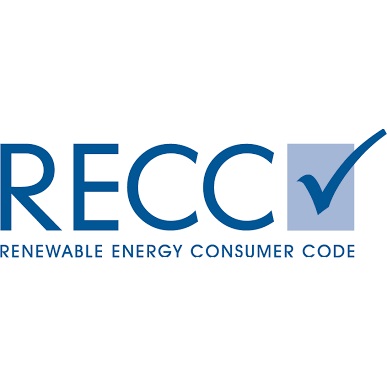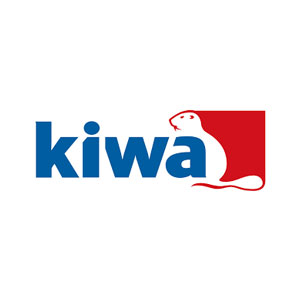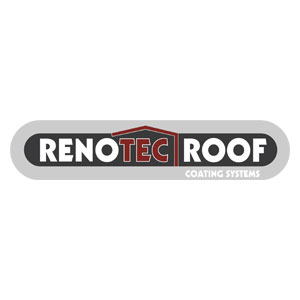Blog -
Sorry, this category does not exist
Why not try searching for the page in following categories:
Alternativly try searching again from the Home Page
Sorry, this category does not exist
Why not try searching for the page in following categories:
Alternativly try searching again from the Home Page







![]()
At Warmer Solutions we understand that our customers want to improve the energy efficiency of their home to help reduce their energy bills. Make the vital energy saving improvements to your home that will make your home more energy efficient.
© 2025 Warmer Solutions. All rights reserved.
Website design by MAW Digital Marketing